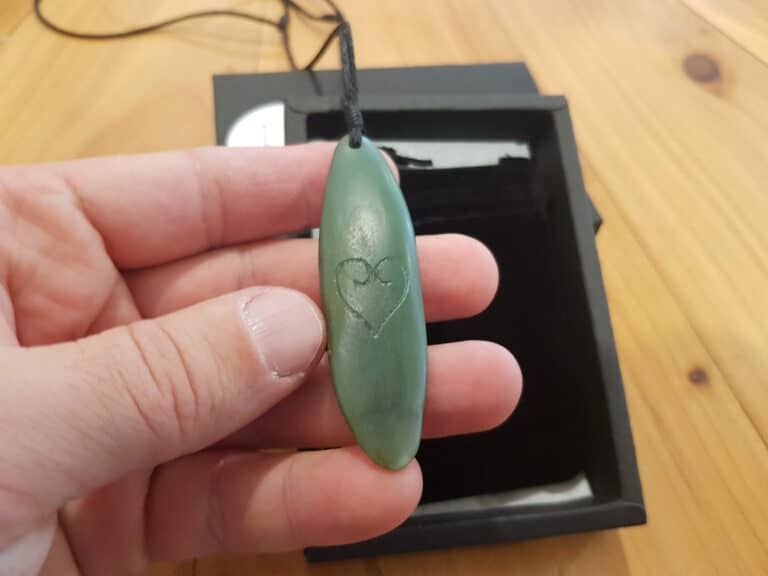Rangatiratang Hoi
This is a hoi a made for a previous colleague that has just left the school we worked at together. The hoi is very appropriate and symbolic for the campus he worked at. They use a metaphor of paddling in a waka in how the staff work together as well as for the learning journey…










